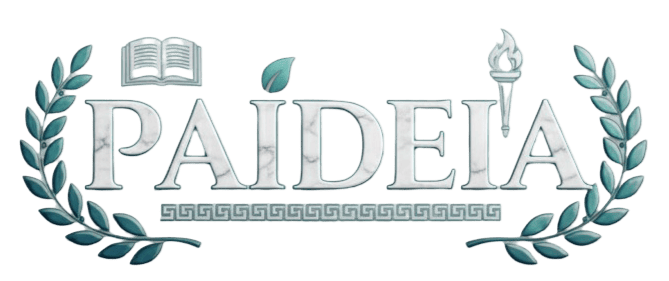User Modules Overview
Paideia LMS has a comprehensive activity module system that allows instructors to create engaging and interactive learning experiences. The system supports five distinct module types organized into two categories: informative (read-only) modules and interactive modules.
Module Types
Section titled “Module Types”There are five activity module types defined in the activity-modules collection:
Informative (Read-Only) Modules
Section titled “Informative (Read-Only) Modules”These modules present content without requiring user interaction or submissions:
page- Static instructional content using rich text HTMLwhiteboard- Drawing and diagramming content stored as Excalidraw JSON
Interactive Modules
Section titled “Interactive Modules”These modules require user participation and track submissions:
assignment- File/text submissions with attempt trackingquiz- Assessments with auto-grading capabilitiesdiscussion- Threaded forum discussions for student engagement
Module Status
Section titled “Module Status”All modules progress through three statuses:
draft- Default initial state; visible only to creator and granted userspublished- Ready for student access; visible to enrolled studentsarchived- No longer active but preserved; hidden from students
Creating Modules
Section titled “Creating Modules”Modules can be created by users with the appropriate permissions:
- System-wide
admin,instructor, andcontent-managerroles can create activity modules - Course
teacherandmanagerroles can create modules within their courses
When a module is first created, it starts in the draft status, allowing you to refine the content before making it available to students. Once ready, you can publish the module, which makes it visible to enrolled students. Modules can be archived when they’re no longer needed but should be preserved for record-keeping purposes.
Module Organization
Section titled “Module Organization”Modules are organized within courses and can be arranged in a specific order. Instructors can reorder modules to control the learning sequence, ensuring students progress through content in a logical order.
Activity Modules and Courses
Section titled “Activity Modules and Courses”Activity modules and courses are different entities in Paideia LMS. You can create activity modules independently without having a course.
In this sense, it is better to understand them as “user modules” and “course modules”:
- User modules are activity modules that you create and own. You have full control over these modules - you can create, update, and delete them (subject to dependency checks).
- Course modules are activity modules that have been added to a course. Once added, the course maintains its own reference to the module, independent of your personal access.
This terminology helps clarify the relationship: user modules are personal content you create, while course modules are shared content used within courses.
Access Control
Section titled “Access Control”Users will only see modules they have access to, and they can only add modules that they have access to their courses. When a module is added to a course, it becomes a “course module” - the course “has access” to the activity module. Even if a user loses access to a module afterwards, it does not affect the course - the course retains access to that module as a course module.
Module Dependencies
Section titled “Module Dependencies”An activity module cannot be deleted if some courses depend on it. This ensures that course content remains intact even if module permissions change. When you attempt to delete a user module, the system checks if it’s being used as a course module in any courses. If it is, the deletion is prevented to protect course integrity.
This dependency system means that:
- You can freely delete user modules that aren’t used in any courses
- User modules that are used as course modules cannot be deleted until they’re removed from all courses
- Course modules remain accessible to their courses even if the original creator loses access
Course Instructor Access
Section titled “Course Instructor Access”When a user module is added to a course (becoming a course module), the course gives its instructors read-only access to that module. Instructors can:
- View the module content
- Add the module to other courses they have access to (making it a course module in multiple courses)
- Cannot update or delete the module (only the module creator or users with appropriate permissions can do this)
This design allows user modules to be shared across multiple courses as course modules while maintaining proper access control and preventing unintended modifications. An instructor might discover a useful user module created by another user, add it to their course as a course module, and even add it to additional courses - all without needing edit permissions on the original user module.
